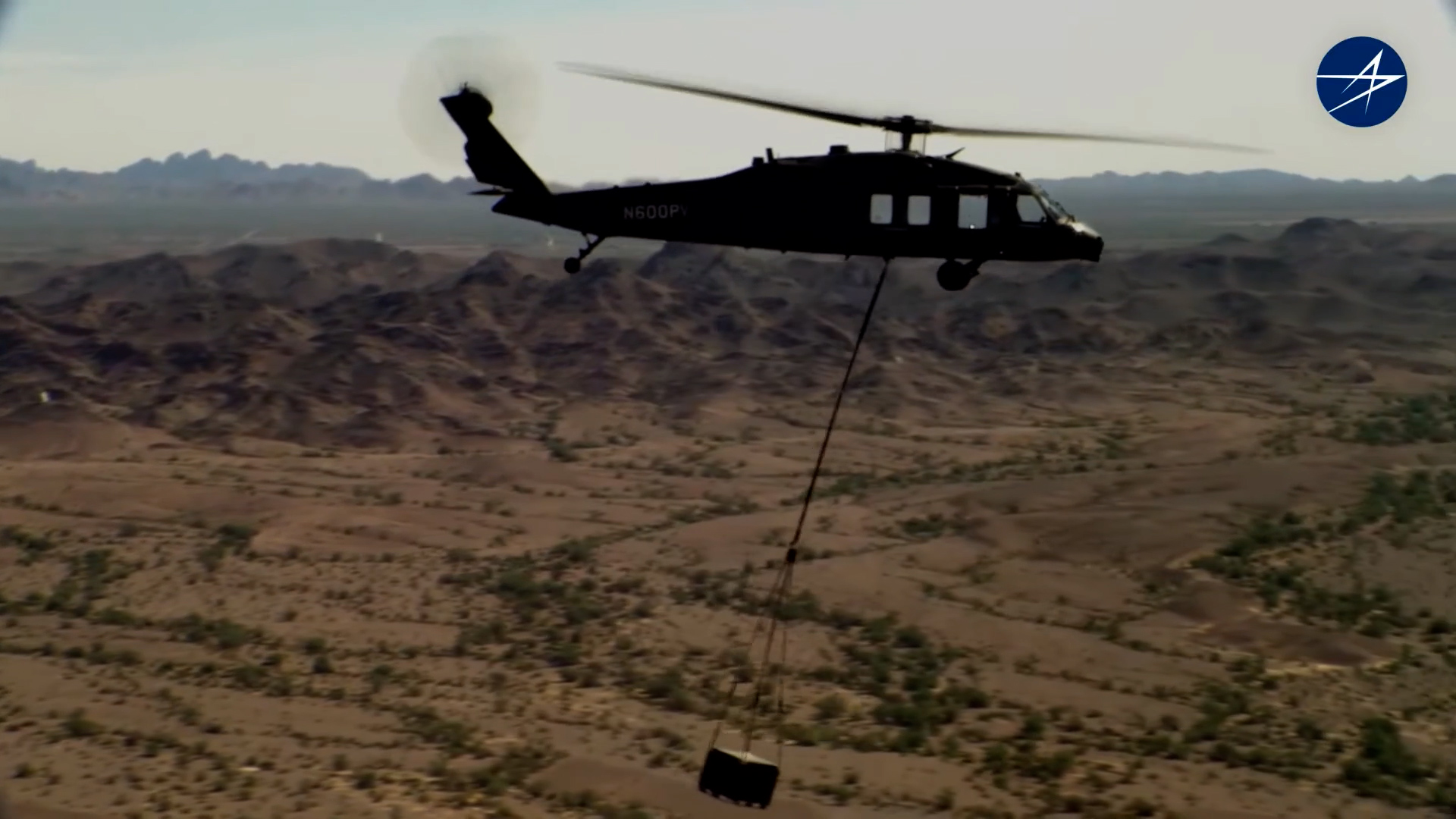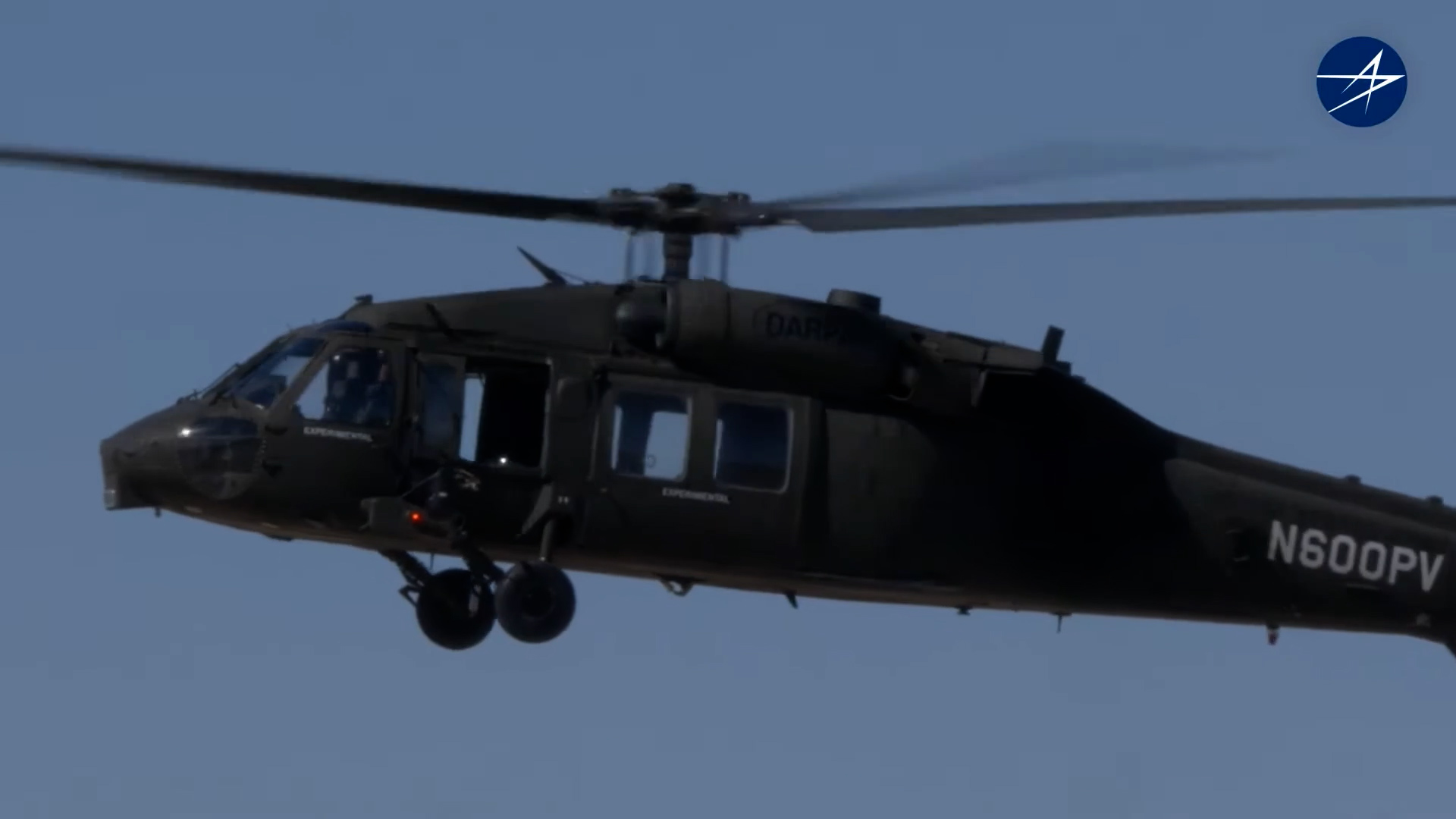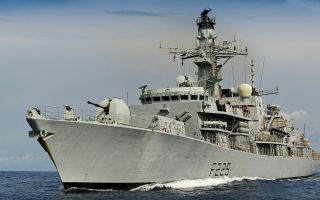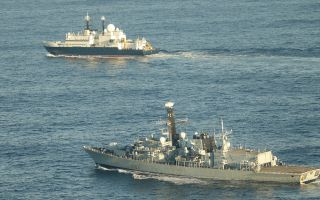Black Hawk helicopter flies 115mph test rescue mission with no pilot on board
A Black Hawk Helicopter has been flown at speeds of up to 115mph with no pilot in the first test of a crewless flight for a military aircraft of its kind.
The specially adapted US Army UH-60 Black Hawk proved the possibility of fully autonomous resupply missions and casualty evacuations at Yuma Proving Ground in Arizona.
Previous tests carried out by Sikorsky (a Lockheed Martin subsidiary) had shown that it was possible to carry out these types of tasks, but had maintained pilots on board for backup – this latest helicopter mission was 100% human free.
- Watch: US airdrops cruise missile from aircraft in Europe for first time
- RAF completes groundbreaking first flight using sustainable fuel
- Army v Navy: Date for 2023's crunch matches at Twickenham announced
During the crewless test flight, the Black Hawk flew 83 miles while loaded with 400 units of real and simulated blood – totalling 226 kilos.

On reaching 40 miles from its initial take-off point, the helicopter managed to descend into a valley as low as 60 metres above ground level, reaching speeds of 115 miles per hour.
Sikorsky says it partnered with the Pentagon's Defense Advanced Research Projects Agency (DARPA) to develop autonomous technology, known as MATRIX, which will "improve the flight safety and efficiency of rotary and fixed-wing aircraft".
"We believe MATRIX technology is ready now for transition to the Army as they look to modernise the enduring helicopter fleet and acquire Future Vertical Lift aircraft," said Igor Cherepinsky, director of Sikorsky Innovations.
"In addition to increasing flight safety and reliability, MATRIX technology enables survivability in high-tempo, high-threat 21st Century security environments where Black Hawk helicopters operate today, and could operate in the future.
"Uncrewed or reduced crewed helicopters could safely perform critical and lifesaving missions day or night in complex terrain and in contested battlespace."

During the resupply mission, the Black Hawk was able to lift off the ground with a 1,179-kilo underslung load attached to a 12-metre sling.
Ground operators using secure radios and tablets were then able to take control of the uncrewed aircraft and command it to release the underslung load.
Sikorsky and DARPA say they are now looking at ways to introduce this technology to other military operations, such as aircrew support and operations, logistics and medical resupply, casualty evacuation, and commercial applications such as firefighting, cargo and urban air mobility.








